On the website https://code.google.com/apis/console I have registered my application, set up generated Client ID: and Client Secret to my app and tried to log in with Google. Unfortunately, I got the error message:
Error: redirect_uri_mismatch
The redirect URI in the request: http://127.0.0.1:3000/auth/google_oauth2/callback did not match a registered redirect URI
scope=https://www.googleapis.com/auth/userinfo.profile https://www.googleapis.com/auth/userinfo.email
response_type=code
redirect_uri=http://127.0.0.1:3000/auth/google_oauth2/callback
access_type=offline
approval_prompt=force
client_id=generated_id
What does mean this message, and how can I fix it? I use the gem omniauth-google-oauth2.



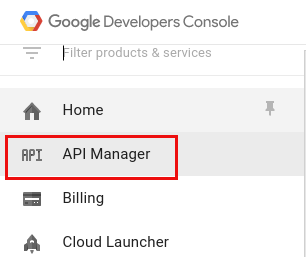
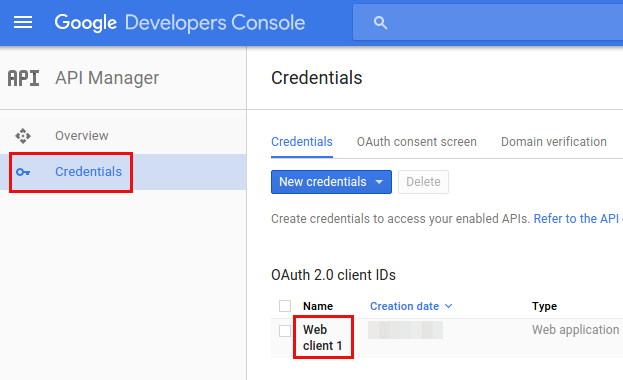

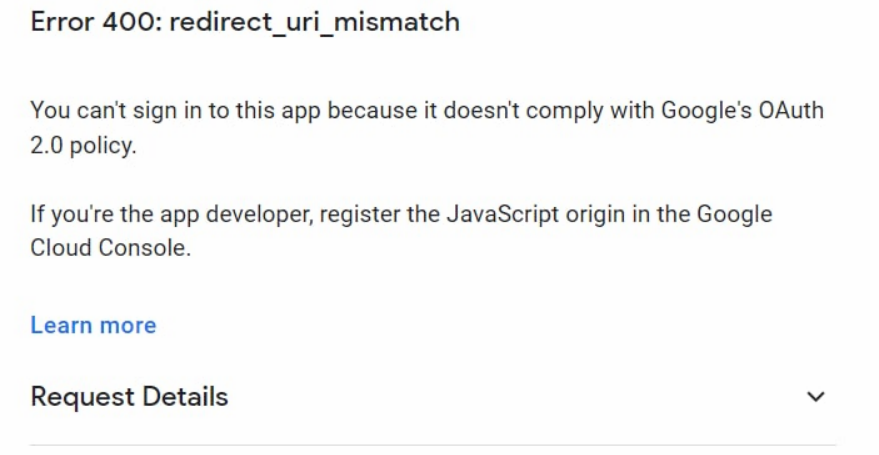
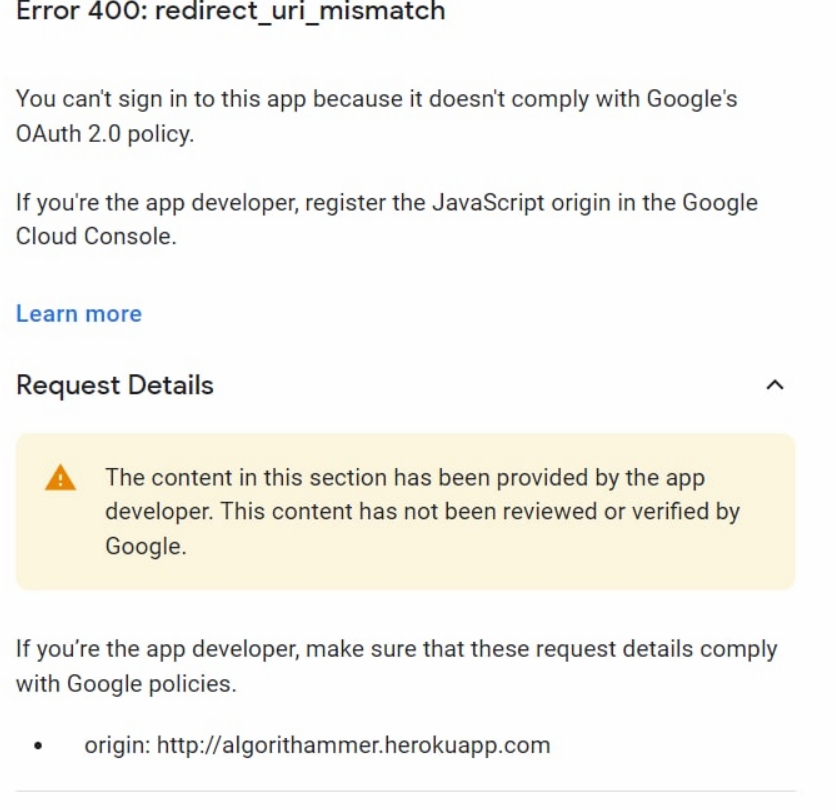
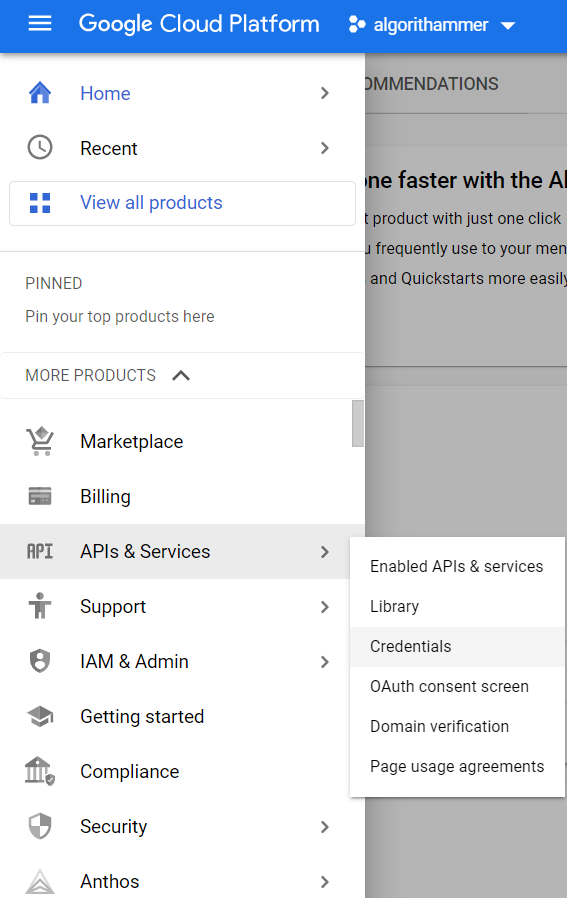

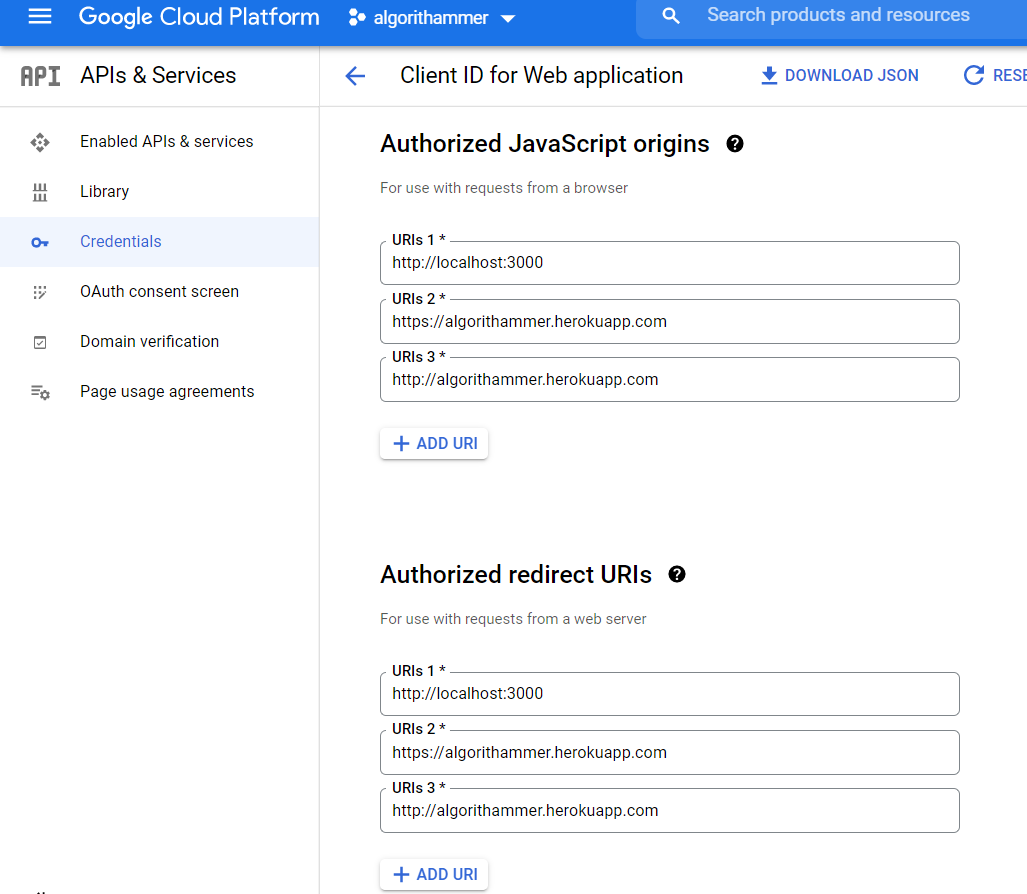

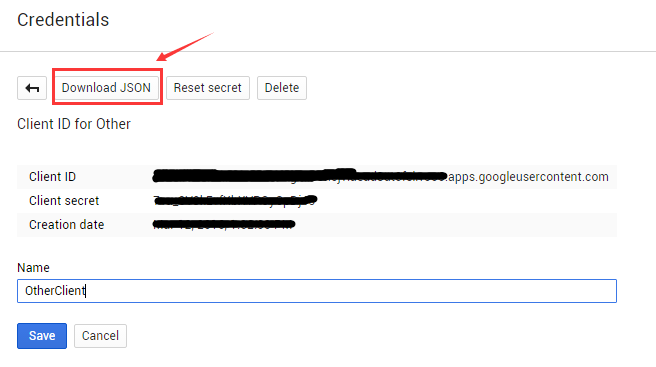


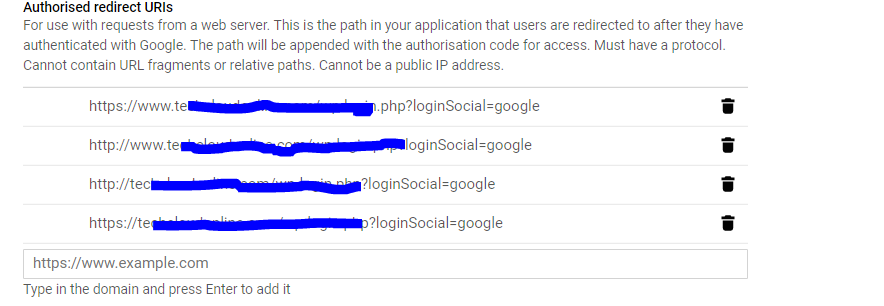
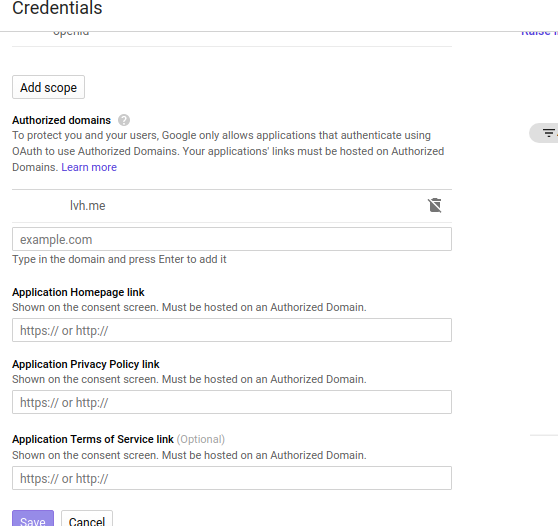
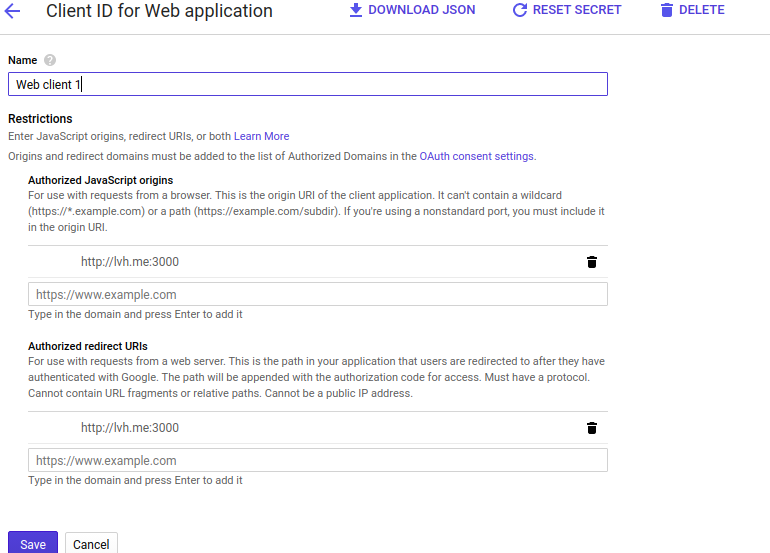
https://accounts.google.com/o/oauth2/auth?client_id={client_id}&response_type=token&redirect_uri={redirect_uri}&scope={scope}in a browser, instead of running your entire app to test. – Nashcode? what's thetoken? – Jesu